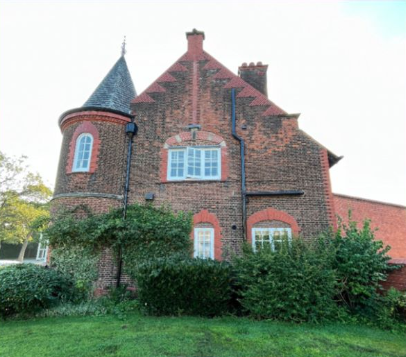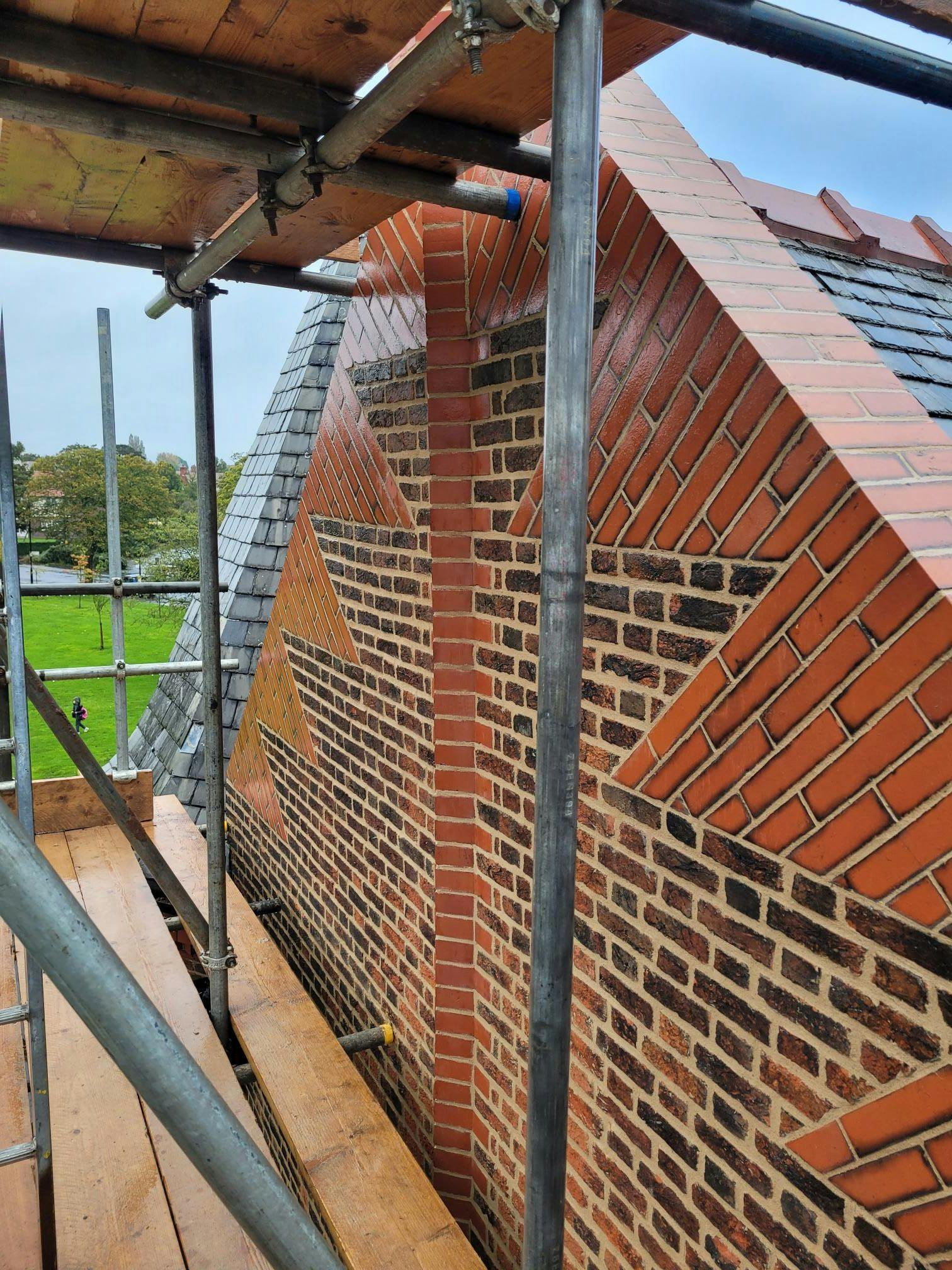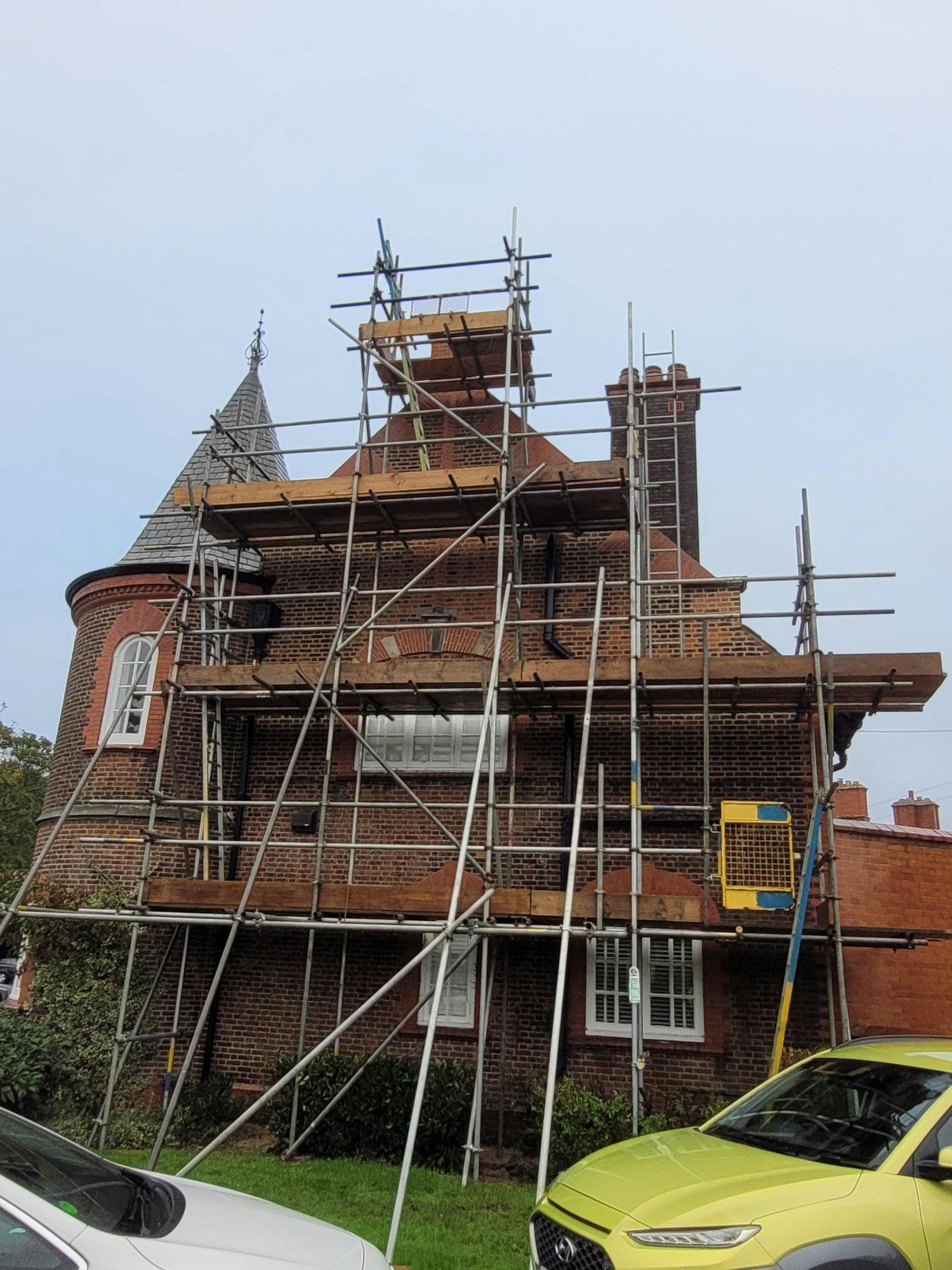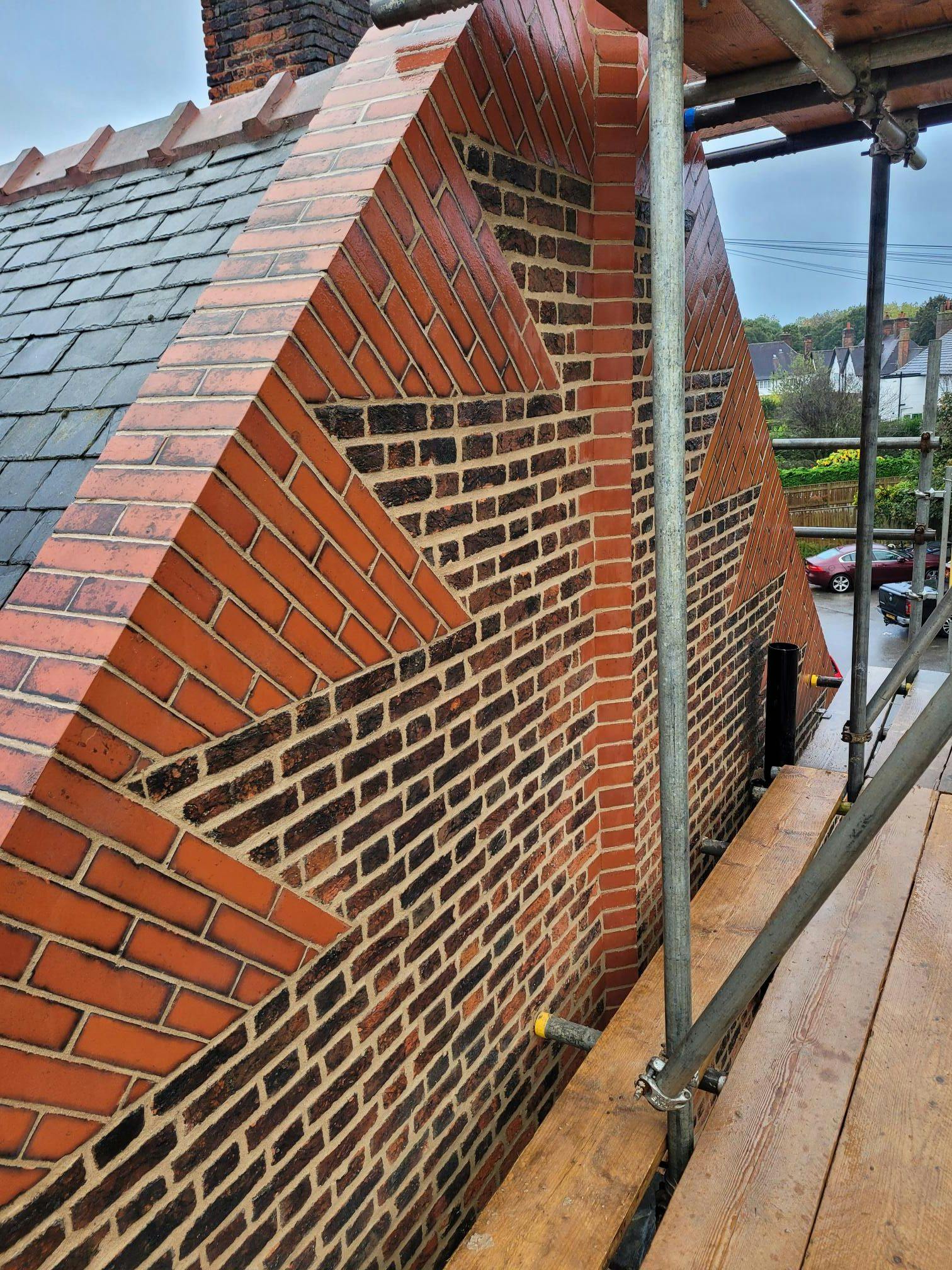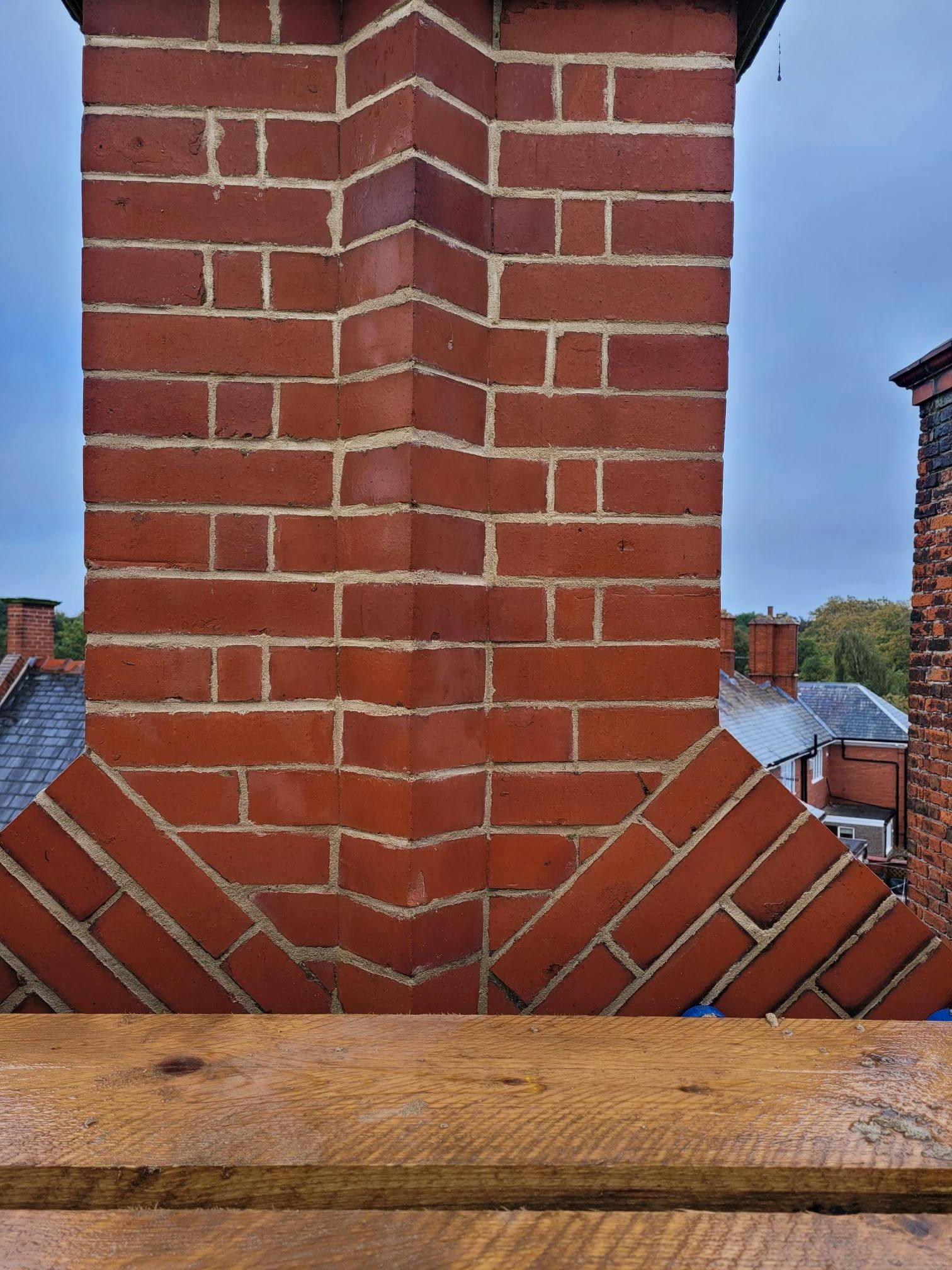

Port Sunlight Village Trust
Project Overview:
- Client: Port Sunlight Heritage Trust
- Location: Port Sunlight, Wirral, Merseyside, United Kingdom
- Project Duration: Ongoing since April 2023
- Services Provided: Damp Surveys, Pointing Works, Restoration Consultation
Project Background:
Port Sunlight is a picturesque model village on the Wirral Peninsula in England. It was built in the late 19th and early 20th centuries by William Lever, the founder of Lever Brothers (now Unilever), as a home for his soap factory workers. The village is a remarkable example of urban planning and architecture from that era, featuring over 900 Grade II listed buildings.
The Port Sunlight Heritage Trust, responsible for the conservation and preservation of this historic village, initiated a project to address the issue of dampness in some of the village's buildings. Dampness and aging mortar joints in the walls had started to impact the structural integrity and aesthetic appeal of these heritage properties.
Project Objectives:
- Conduct comprehensive damp surveys to identify the extent of damp issues in selected properties.
- Carry out necessary pointing works to repair and restore the mortar joints in affected buildings.
- Ensure the long-term structural integrity and preservation of the historic properties.
- Maintain the architectural integrity of the buildings while addressing issues of dampness.
Key Activities and Progress:
- Damp Surveys: The project commenced with thorough damp surveys of the selected properties. This involved non-invasive inspections using moisture meters, thermal imaging, and visual examinations. The surveys identified areas with dampness, allowing for targeted restoration efforts.
- Pointing Works: Following the damp surveys, pointing works were initiated. This included the removal of deteriorated mortar and the repointing of affected areas with a traditional lime mortar mix to match the original construction. This process involved skilled masons to ensure the historical and architectural accuracy.
- Restoration Consultation: To maintain the architectural integrity of the buildings, the project involved consultation with architectural historians and conservation specialists. The restoration team worked closely with these experts to ensure that the pointing works aligned with historical preservation guidelines.
- Ongoing Monitoring: Regular monitoring of the restored areas is carried out to track the success of the project. Any additional issues that arise are addressed promptly.
Results and Benefits:
- The ongoing project has successfully identified and addressed dampness in key heritage properties, preserving their structural integrity and historical significance.
- The pointing works have improved the aesthetic appeal of the buildings, maintaining their historical accuracy.
- Collaboration with architectural experts and conservationists has ensured that the restoration work aligns with heritage preservation standards.
Challenges and Future Plans:
- The project faces challenges related to the unpredictability of damp issues in old buildings, requiring ongoing vigilance and maintenance.
- The Port Sunlight Heritage Trust plans to expand this project to cover additional properties and continue the preservation efforts across the entire village.
Conclusion:
The ongoing project involving damp surveys and pointing works in Port Sunlight is a testament to the commitment of the Port Sunlight Heritage Trust to preserve the architectural and historical significance of this iconic village. Through diligent damp surveys, restoration work, and collaboration with experts, the project continues to make strides in conserving this important part of England's heritage.
